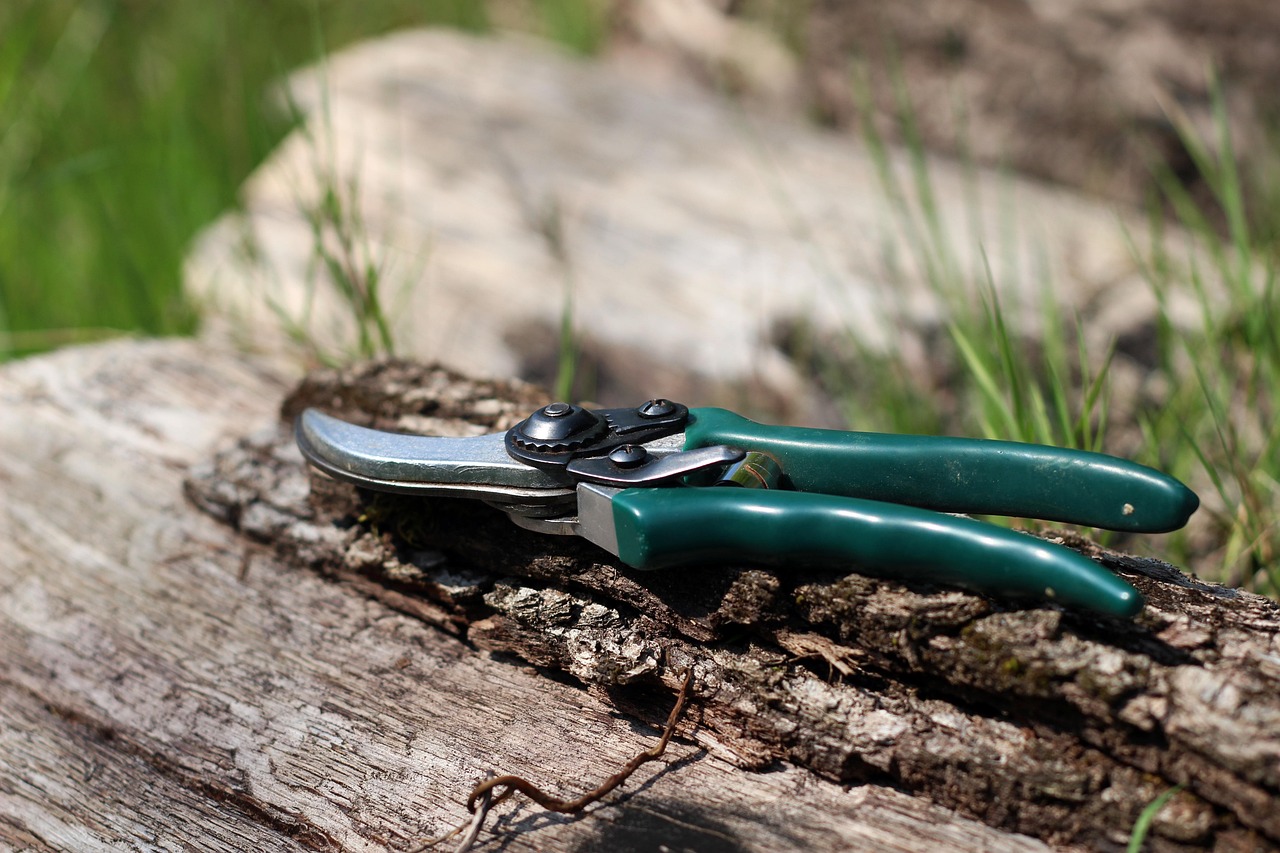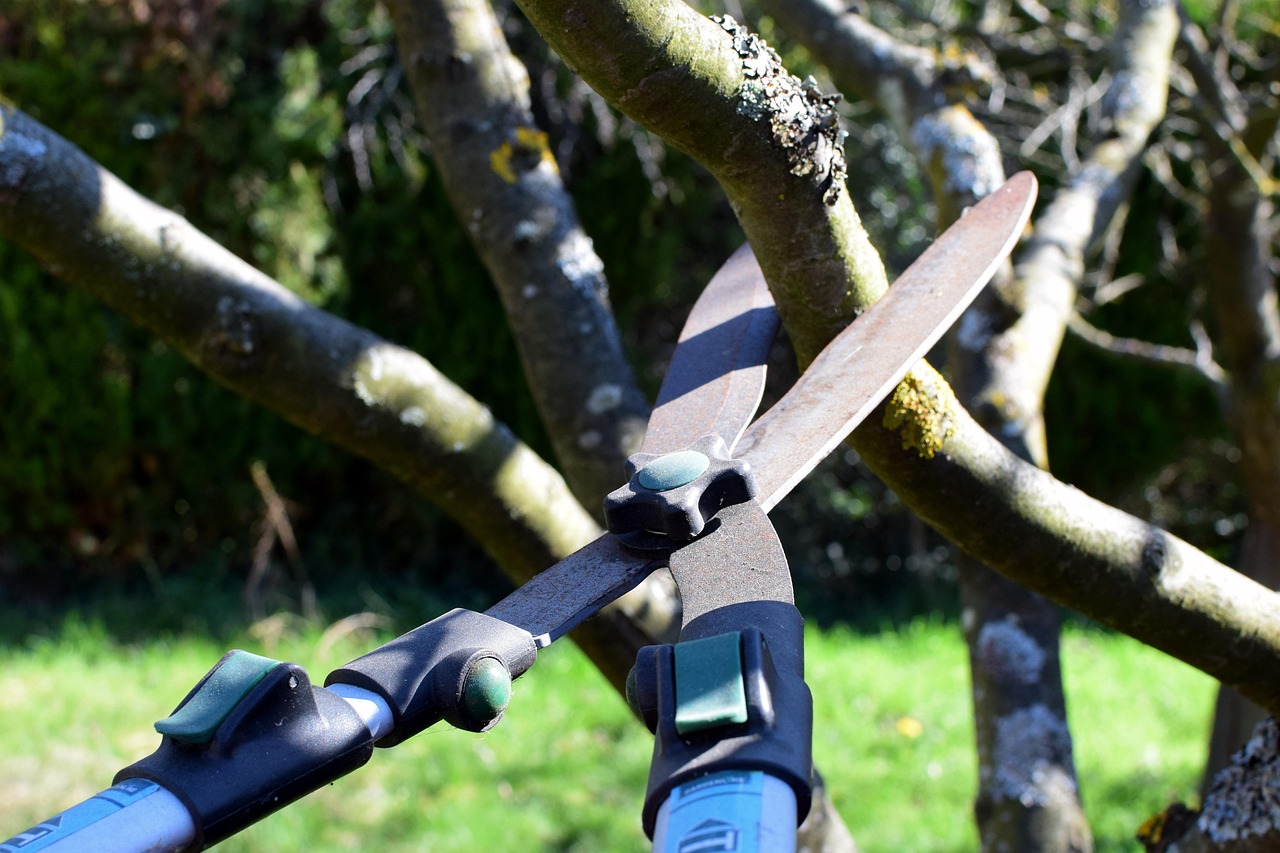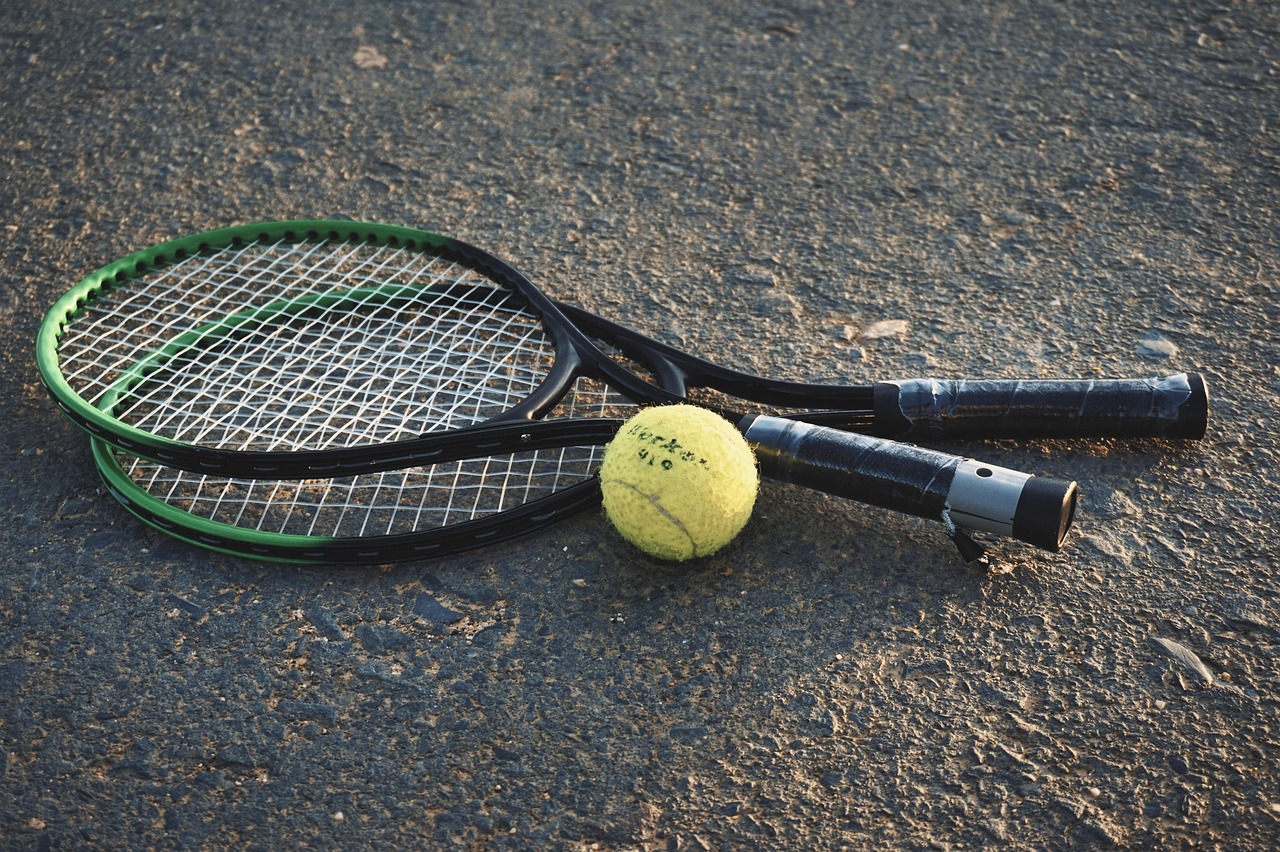Safe pruning practices for novice and beginner gardeners involve using the right tools, understanding the best times to prune, and knowing the specific needs of each plant. Always wear protective gear and make clean cuts to promote plant health.
Pruning is an essential gardening practice that helps maintain the health and appearance of plants. For novice and beginner gardeners, it can seem intimidating. However, with proper guidance and knowledge, anyone can learn how to prune effectively and safely. Pruning not only encourages new growth but also helps prevent disease and removes dead or damaged branches.

Before diving into pruning techniques, it is important to understand why pruning is necessary. Plants need pruning for several reasons, including:
- Removing dead or diseased branches
- Encouraging new growth and flowering
- Shaping the plant for aesthetics
- Improving air circulation
- Controlling plant size
This article will guide novice gardeners through safe pruning practices, ensuring that they have the confidence to care for their plants properly. Understanding the basic tools, techniques, and timing will make the process smoother and more effective.
Essential Pruning Tools
The right tools can make pruning easier and safer. Here are some essential tools every gardener should have:

| Tool | Use |
|---|---|
| Hand Pruners | Ideal for cutting small branches (up to ¾ inch thick). |
| Loppers | Used for medium-sized branches (up to 2 inches thick). |
| Saw | Best for larger branches that cannot be cut with pruners or loppers. |
| Pruning Shears | Great for trimming soft stems and flowers. |
| Gloves | Protects hands from thorns and sharp edges. |
Using the right tool for each job is crucial. Dull tools can damage plants and make pruning more difficult. Always keep your tools sharp and clean to ensure effective cuts.
When to Prune
Timing is crucial when it comes to pruning. Different plants have different requirements. Here are some general guidelines:
- Spring Flowering Plants: Prune after blooming to avoid cutting off flower buds.
- Summer Flowering Plants: Prune in late winter or early spring before new growth begins.
- Trees: Late winter is often the best time to prune trees when they are dormant.
- Evergreens: Light pruning can be done throughout the year, but heavy pruning should be done in early spring.
Understanding these timelines will help ensure that plants remain healthy and vibrant. Additionally, observing the specific growth patterns of your plants will provide insight into their individual needs.

Basic Pruning Techniques
There are several basic techniques that novice gardeners should understand when pruning their plants:
- Cleansing Cuts: Remove dead or damaged branches by cutting them back to healthy tissue.
- Thinning: Selectively remove branches to improve light penetration and airflow within the plant.
- Heading Cuts: Trim back the ends of branches to encourage bushier growth.
- Pinching: Use fingers to pinch off new growth tips, promoting fuller plants.
Each technique serves a specific purpose and can contribute to the overall health of the plant. It is essential to approach each cut with care, ensuring that the plant will flourish after pruning.
As novice gardeners gain experience, they will learn to recognize how different plants respond to various pruning techniques. Observing these changes will enhance their gardening skills over time.

Following these safe pruning practices will help novice gardeners develop confidence in their abilities. With the right tools, proper timing, and effective techniques, anyone can enjoy a thriving garden while maintaining plant health and aesthetics.
Understanding Plant Anatomy for Better Pruning
To prune effectively, novice gardeners should have a basic understanding of plant anatomy. Recognizing the different parts of a plant will help make informed decisions during the pruning process. Key components include:
- Branches: The main structural components that support leaves and flowers.
- Nodes: Points on a stem where leaves grow; these are crucial for new growth.
- Buds: Dormant growth points that can develop into branches or flowers.
- Leaves: The main sites for photosynthesis; maintaining healthy leaves is essential for plant health.
Understanding these parts will aid in making precise cuts that promote healthy growth. For example, cutting just above a node can stimulate new growth in that area, while cutting too close can damage the plant.
Common Mistakes to Avoid When Pruning
Even beginner gardeners can make mistakes while pruning. Recognizing and avoiding these pitfalls will lead to better outcomes. Here are some common mistakes to be aware of:
- Pruning at the Wrong Time: Not all plants should be pruned at the same time of year. Pruning at the wrong time can remove flower buds or weaken the plant.
- Using Dull Tools: Dull tools can crush plant tissue instead of making clean cuts. Always ensure tools are sharp before starting.
- Over-Pruning: Removing too much foliage can stress the plant. Aim to remove only what’s necessary.
- Ignoring Plant Type: Different plants have different needs. Researching specific plants before pruning is essential.
- Not Cleaning Tools: Dirty tools can spread disease. Always clean tools before and after use.
Avoiding these mistakes will help ensure that plants remain healthy and continue to thrive after pruning. Taking the time to prepare and understand the task at hand is crucial in gardening.
Safety Measures During Pruning
Safety should always be a priority when gardening, especially when using sharp tools. Here are some important safety measures to keep in mind:
- Wear Protective Gear: Gloves, goggles, and long sleeves can protect against thorns and sharp edges.
- Use Tools Properly: Follow manufacturer instructions for each tool. Never use tools for purposes they are not designed for.
- Maintain Balance: When pruning tall trees or hedges, use a sturdy ladder or platform. Ensure it is stable before climbing.
- Be Aware of Surroundings: Look out for electrical wires, other people, and obstacles while working.
Taking these precautions will minimize the risk of injury and create a safer gardening environment. Safety should not be overlooked, as it is just as important as proper technique.
The Importance of Clean Cuts
Making clean cuts is crucial for plant health. Clean cuts heal faster and reduce the risk of disease. Here are some tips for making effective cuts:
- Cut at a 45-Degree Angle: This angle helps water run off the cut surface, reducing the chance of rot.
- Avoid Tearing: Always aim for a clean cut without tearing the bark or branches.
- Leave Space for Growth: When cutting back branches, leave enough length to encourage new growth from nodes.
A proper cut signals the plant to heal and encourages new growth in the right areas. It also reduces stress on the plant, allowing it to recover more quickly after pruning.
Pruning Different Types of Plants
Different types of plants require different pruning approaches. Understanding how to prune various categories will help novice gardeners achieve better results. Here are some common plant types and their pruning needs:
| Plant Type | Pruning Tips |
|---|---|
| Shrubs | Prune after flowering to maintain shape and encourage new blooms. |
| Trees | Focus on removing dead or crossing branches; avoid heavy pruning in late summer. |
| Perennials | Cut back dead stems in early spring; divide overcrowded plants every few years. |
| Annuals | Pinch back tips regularly to encourage bushier growth and more flowers. |
This table illustrates how pruning practices can vary based on plant type. Familiarizing oneself with these differences will enhance a gardener’s ability to care for their garden effectively.
By understanding plant anatomy, avoiding common mistakes, implementing safety measures, making clean cuts, and knowing how to prune various plants, novice gardeners will develop skills that lead to a thriving garden. These foundational practices will build confidence and knowledge needed for successful gardening adventures.
Seasonal Pruning Considerations
Understanding the seasons is vital for effective pruning. Each season offers unique opportunities and challenges for gardeners. Pruning at the right time can significantly enhance plant health and flowering. Below are the seasonal considerations for pruning:
Spring Pruning
Spring is often seen as the prime time for many gardeners to start their pruning work. However, it is essential to know which plants to prune in spring:
- Flowering Shrubs: Prune after they bloom. This allows for the best display of flowers the following season.
- Deciduous Trees: Late winter to early spring is ideal for removing dead or crossing branches before new growth begins.
- Perennials: Cut back last year’s growth to make way for new shoots before the growing season starts.
Summer Pruning
Summer pruning focuses on maintaining shape and controlling growth. It is best for specific plants:
- Fruit Trees: Prune to thin out excess fruit and improve air circulation.
- Evergreen Shrubs: Light pruning can help maintain shape without disrupting their natural growth.
- Annuals: Pinching back can encourage bushier growth and prolong blooming.
Fall Pruning
Fall is generally not the best time for heavy pruning due to the potential stress it can place on plants. However, some plants benefit from a light trim:
- Removing Dead or Diseased Wood: This helps prevent disease spread during winter.
- Preparing Perennials: Cutting back spent blooms can help tidy up the garden, but avoid cutting them back too severely.
Winter Pruning
Winter is a dormant period for many plants, making it a good time for heavy pruning. Key points include:
- Deciduous Trees and Shrubs: Prune while they are dormant to reduce stress and promote healthy growth in spring.
- Structural Pruning: This is a great time to shape trees and shrubs without worrying about sap bleeding.
The Role of Plant Health in Pruning Decisions
A gardener’s approach to pruning should also consider the overall health of the plant. Healthy plants tend to recover better from pruning, while stressed plants may struggle. Here are some factors to consider:
- Pest and Disease Issues: Inspect plants for signs of pests or diseases before pruning. Address these issues first to ensure healthy growth.
- Environmental Stressors: Consider recent weather conditions such as drought or heavy rains that may affect plant vigor.
- Growth Patterns: Observing how plants grow can guide your pruning strategy. For instance, if a plant is becoming leggy, it may need more frequent heading cuts.
Advanced Pruning Techniques for Experienced Gardeners
As novice gardeners become more comfortable with basic pruning techniques, they may want to explore advanced methods. These techniques can enhance plant health and aesthetic appeal:
Crown Reduction
This technique involves carefully reducing the height of a tree or shrub by cutting back the main branches. It is essential to maintain the natural shape of the plant while ensuring it remains healthy.
- Identify Leader Branches: Choose appropriate branches to cut back without disrupting the overall structure.
- Aim for Balance: Ensure cuts are even across the plant to maintain symmetry.
Espalier Pruning
This method involves training trees or shrubs to grow flat against a wall or trellis. It requires careful planning and regular maintenance, but it can create stunning visual displays in a garden.
- Select Suitable Plants: Choose varieties that respond well to espalier techniques, such as apple or pear trees.
- Create a Framework: Use wires or supports to guide the branches into desired shapes.
The Benefits of Seeking Professional Help
While many novice gardeners can learn and practice safe pruning techniques, some situations may warrant professional assistance:
- Larger Trees: If a tree is too tall or dangerous to prune safely, hiring an arborist is advisable.
- Complex Specimens: Plants with intricate growth patterns may benefit from expert guidance.
- Pest Control Issues: Professionals can provide insight into managing pest problems that may arise during pruning.
Understanding when to seek help ensures that gardeners make informed decisions about their plants’ care and health. By recognizing their limits, novice gardeners can foster a more successful gardening experience while avoiding potential pitfalls.
Maintaining Pruning Tools
Proper maintenance of pruning tools is essential for effective and safe gardening. Keeping tools in good condition not only improves their performance but also enhances the safety of the gardener. Here are some key maintenance tips:
- Regular Cleaning: After each use, clean blades with soapy water to remove sap and debris. This prevents rust and maintains sharpness.
- Sharpening: Use a sharpening tool or file to keep blades sharp. Dull blades can crush stems instead of making clean cuts.
- Oiling: Apply a light coat of oil to metal parts to prevent rust and ensure smooth operation.
- Storage: Store tools in a dry place. Using a tool rack or hanging them can help avoid damage.
By taking care of pruning tools, gardeners can ensure that they are always ready for use and safe to handle. This proactive approach can contribute significantly to successful gardening practices.
Learning from Experience
As novice gardeners practice pruning, they will inevitably learn from their experiences. Each plant’s response to pruning will provide valuable insights into what works best. Keeping a gardening journal can help track progress and note which techniques were effective. Here are some aspects to consider documenting:
- Date of Pruning: Record when each plant was pruned to observe seasonal patterns.
- Plant Response: Note how the plant reacts to different pruning techniques over time.
- Pest and Disease Observations: Keep track of any issues that arise after pruning.
- Growth Patterns: Document any changes in growth rates or flowering as a result of pruning.
This ongoing observation will enhance a gardener’s understanding and skills, making them more adept at responding to the unique needs of their plants.
Community Resources and Support
Connecting with local gardening communities can provide novice gardeners with invaluable resources and support. Engaging with others who share similar interests can offer numerous benefits:
- Workshops and Classes: Many local gardening centers or community colleges offer workshops focused on pruning techniques.
- Online Forums: Websites and social media groups dedicated to gardening can be excellent places for asking questions and sharing experiences.
- Local Extension Services: Many regions have agricultural extension services that provide information on local plants and gardening practices.
By leveraging these community resources, novice gardeners can gain new insights, ask questions, and receive feedback on their pruning efforts.
Final Thoughts
Pruning is an essential skill for novice and beginner gardeners that promotes plant health and enhances garden aesthetics. By understanding the right tools, techniques, timing, and plant anatomy, beginners can foster a thriving garden environment. Avoiding common mistakes, prioritizing safety, and maintaining tools will further contribute to successful gardening practices.
The journey of gardening is one of continuous learning and adaptation. By documenting experiences, engaging with community resources, and seeking professional help when necessary, novice gardeners can build confidence in their abilities. As they gain experience, they will develop a deeper appreciation for the art of pruning and its impact on their gardens.
Ultimately, safe pruning practices empower novice gardeners to take charge of their gardening journey. With patience and practice, anyone can become proficient at pruning, leading to a vibrant and flourishing garden that brings joy for years to come.
